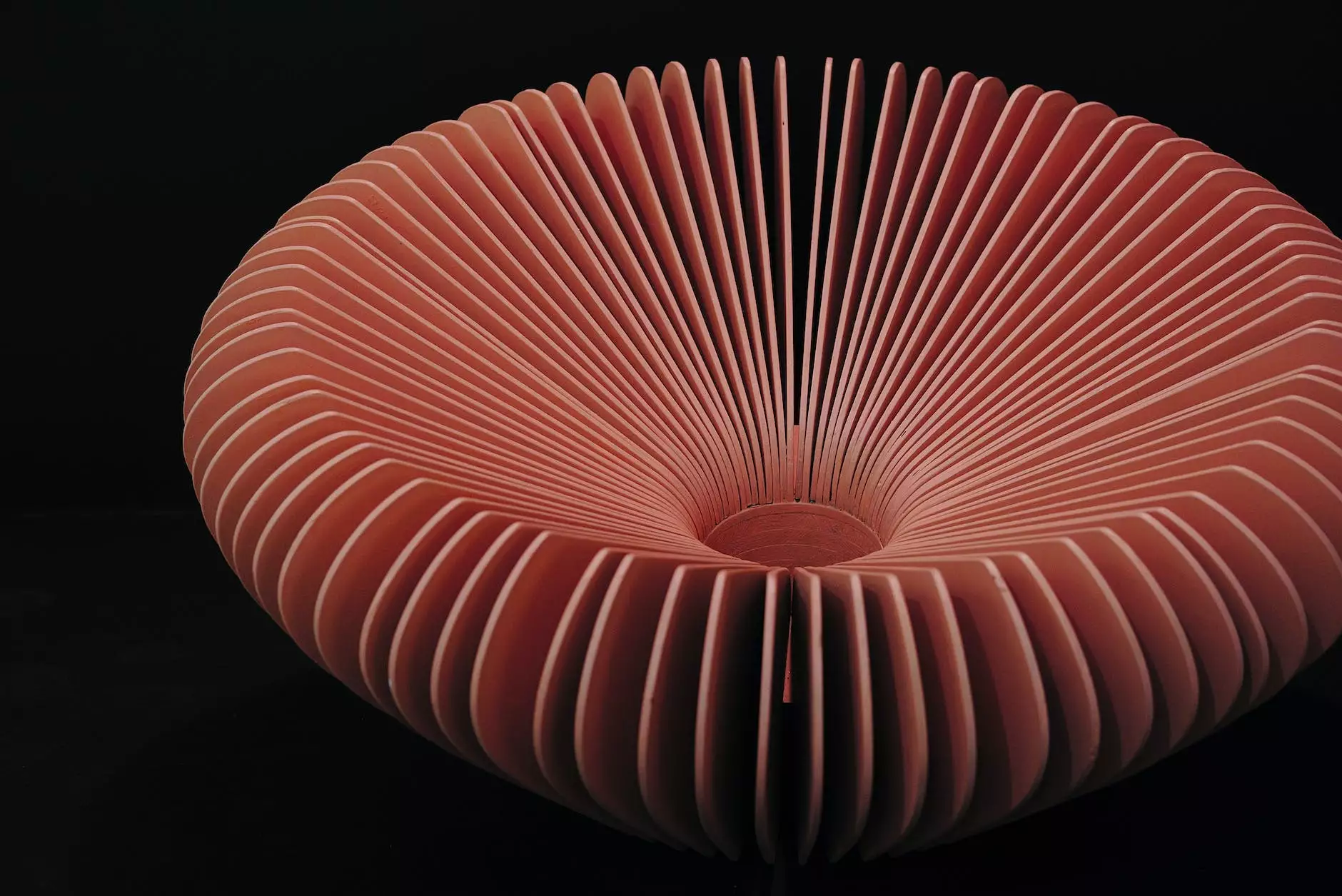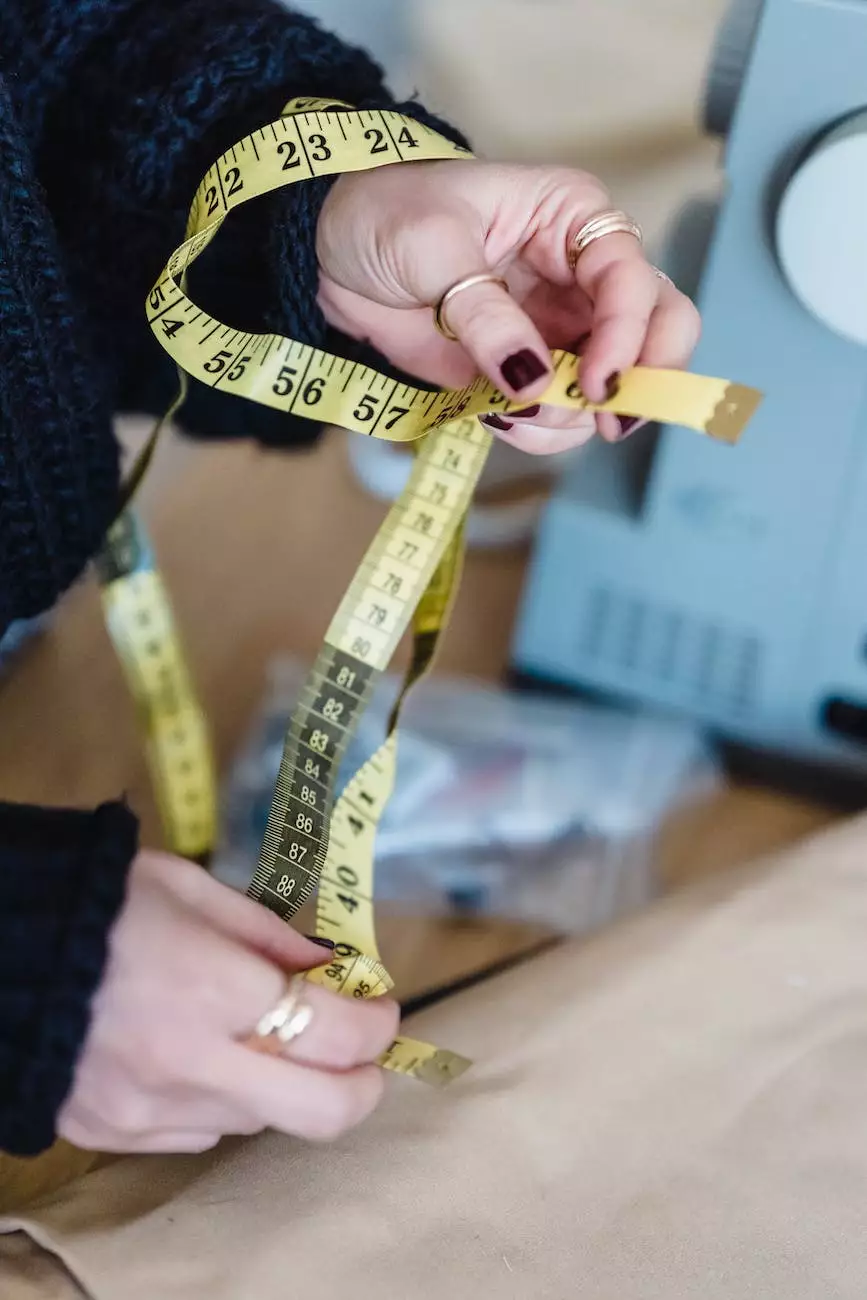Basic Geometric Figures

Understanding Geometry
In the realm of mathematics, geometry plays a crucial role in understanding the properties and relationships of basic geometric figures. At The Knowledge Nest, we aim to provide a comprehensive guide to help you navigate through the fascinating world of geometry.
Shapes and Their Characteristics
Geometry introduces us to a variety of shapes, each with its own unique properties and characteristics. Let's explore some of the most common ones:
The Circle
A circle is a closed shape with all points equidistant from the center. Its key properties include the radius, diameter, circumference, and area. Understanding the concept of pi (π) is fundamental in calculating values related to circles.
The Triangle
Triangles are polygons with three sides and three angles. They can be classified based on their side lengths and angle measurements. Equilateral, isosceles, and scalene triangles each possess distinct properties and formulas for calculating their area and perimeter.
The Quadrilateral
Quadrilaterals are polygons with four sides. They include rectangles, squares, parallelograms, trapezoids, and rhombi. Learning about the properties of each of these quadrilaterals allows us to identify and differentiate them from one another.
The Polygon
A polygon is a two-dimensional shape with straight sides. Polygons can have any number of sides, and some examples include pentagons, hexagons, and octagons. Exploring the characteristics of polygons helps us understand their angles, sides, and diagonals.
Angles and Measurements
In geometry, angles are formed by two intersecting lines or line segments. Understanding angle measurements is crucial for solving geometric problems. Let's dive into some key concepts:
Types of Angles
Angles can be classified based on their measurements and relationships with other angles. Some common angle types include acute, right, obtuse, straight, and reflex angles. Complementary and supplementary angles also play a significant role in geometry.
Measuring Angles
Angles are measured in degrees using a protractor. By learning how to measure and compare angles accurately, we can apply this knowledge to various real-life situations and geometric problems.
Dimensions and Spatial Relationships
Geometry extends beyond two-dimensional figures, allowing us to explore three-dimensional objects and their spatial relationships. Let's delve into this fascinating realm:
Two-Dimensional versus Three-Dimensional
While two-dimensional figures exist on a flat plane, three-dimensional objects have length, width, and depth. Identifying and understanding the properties of 3D shapes such as cubes, spheres, cylinders, cones, and pyramids enables us to visualize and manipulate them in space.
Volume and Surface Area
Calculating the volume and surface area of three-dimensional figures is a crucial skill in geometry. By applying specific formulas, we can determine the amount of space a solid figure occupies and the sum of its exposed surfaces.
Putting it Into Practice
Geometry is not only a theoretical concept but also finds practical applications in various fields such as architecture, engineering, art, and design. Understanding geometric principles allows us to analyze patterns, create accurate drawings, and solve real-world problems.
Using Geometry in Everyday Life
From determining the right measurements for a home renovation project to analyzing the symmetry and proportion in visual arts, geometry surrounds us. Its concepts form the building blocks of numerous disciplines and provide a deeper understanding of our world.
Exploring Advanced Geometry
Once you've grasped the fundamentals of basic geometric figures, you can explore more advanced topics such as trigonometry, coordinate geometry, and analytic geometry. Each of these branches further expands our knowledge and aids in solving complex problems.
Conclusion
At The Knowledge Nest, we invite you to delve into the captivating realm of basic geometric figures. Understanding shapes, angles, and dimensions in geometry empowers us to make sense of the world around us, solve problems, and appreciate the beauty of mathematical concepts. Embark on this journey with us, and unlock a world of knowledge and endless possibilities.










